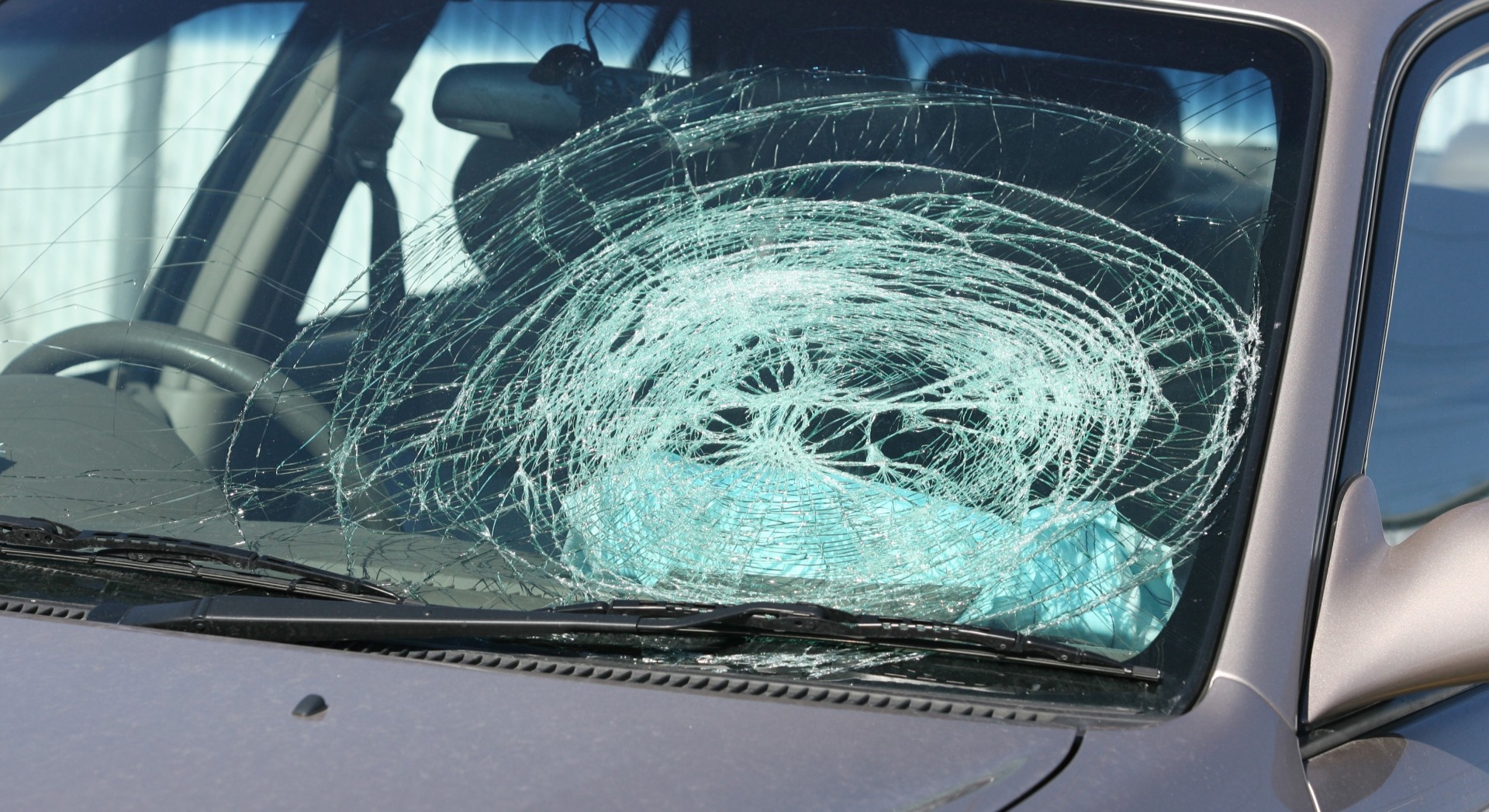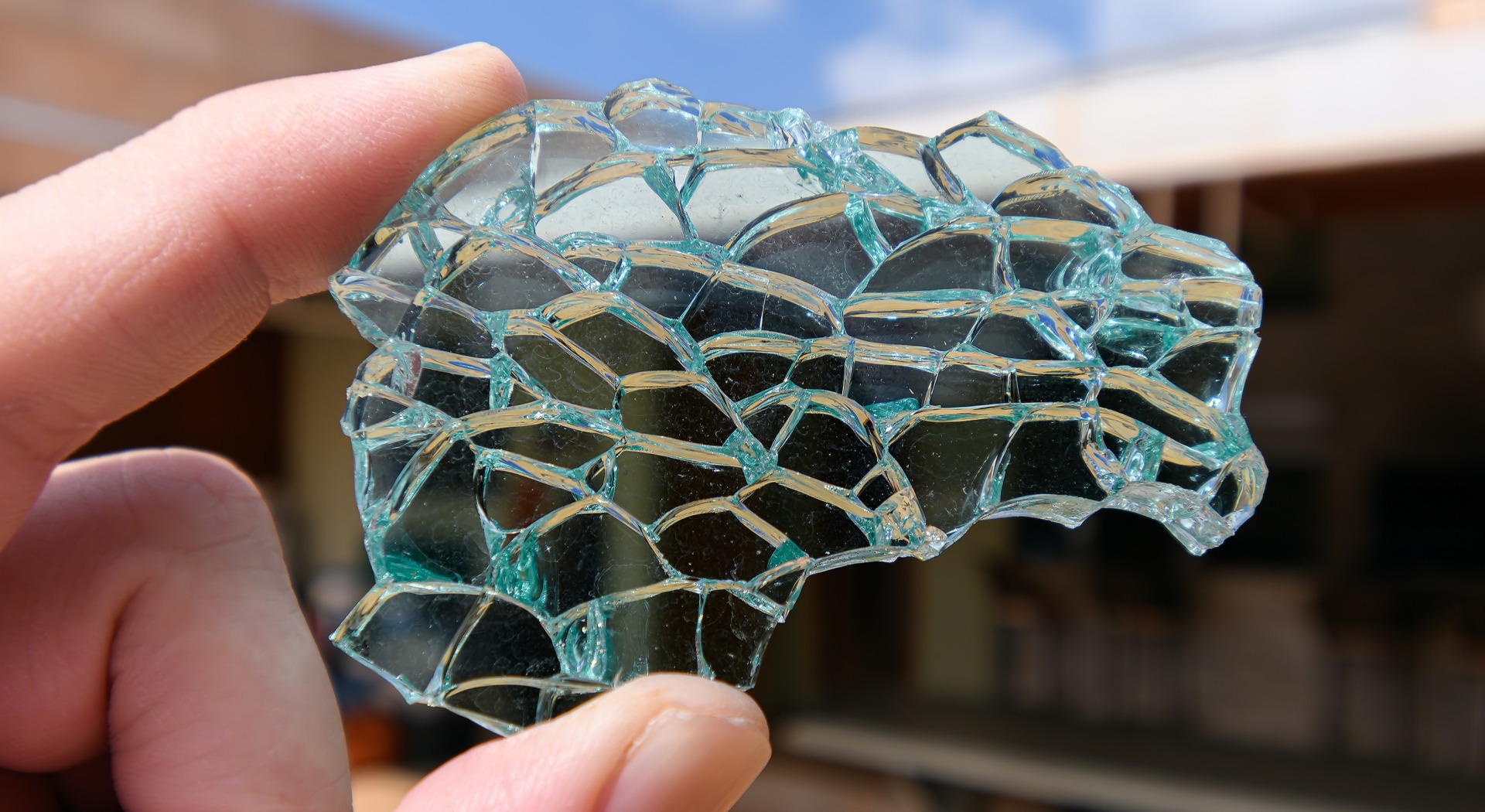By John Pedler
Published: Friday, March 15, 2024
When you’re driving down the highway at 100km/h, you’re probably not thinking about the type of glass used in the windscreen, mere centimetres from your face.
Yet, if you were in your living room, it would be considered unwise to stand 30cm from the window if 100km/h cyclonic winds were raging outside.
The reason we can feel safe when driving less than a metre from a gale-buffeted windscreen, boils down to technology.
Laminated glass
Windscreens are made from laminated glass, which comprises two sheets of glass separated by a sheet of polyvinyl butyrate – a type of vinyl – then fused together in an autoclave using pressure and heat.
This process strengthens the windscreen, preventing most projectiles from entering the cabin in a crash.
Broken pieces of windscreen stick to the vinyl layer instead of becoming dangerous airborne shards.

Laminated glass also acts as a barrier to help keep occupants inside the vehicle, and provides a degree of cushioning if a passenger hits the windscreen.
Tempered glass
Tempered glass is a single layer of glass that’s heat-treated to around 600°C before being rapidly cooled. This makes it much stronger than regular glass.
Side and rear windows are usually made of tempered glass, though some manufacturers use laminated glass for the entire car.
Unlike laminated glass, tempered glass will shatter into many small pieces if enough force is applied.

These tiny fragments don’t have sharp edges, unlike the large dangerous chunks that would break free from a normal house window.
Repairs
Minor damage to laminated glass can sometimes be repaired, but tempered glass needs to be replaced if damaged. However, laminated glass is more expensive to replace than tempered glass.
Cleaning
Whatever type of auto glass you’re looking through, it’s important to keep it clean so you have the best view of the road and surrounds.
When cleaning windscreens and windows:
- Use a microfibre cloth and dedicated auto-glass cleaner, available from your local auto accessory store.
- Do the job away from direct sunlight so the cleaner won’t dry too quickly and leave residue.
- Make this the last task when washing your car to avoid the glass getting grubby again.
- Don’t forget the inside, particularly the windscreen – fingerprints, dust, sea spray, condensation and other airborne muck can mix together to form a grimy film.